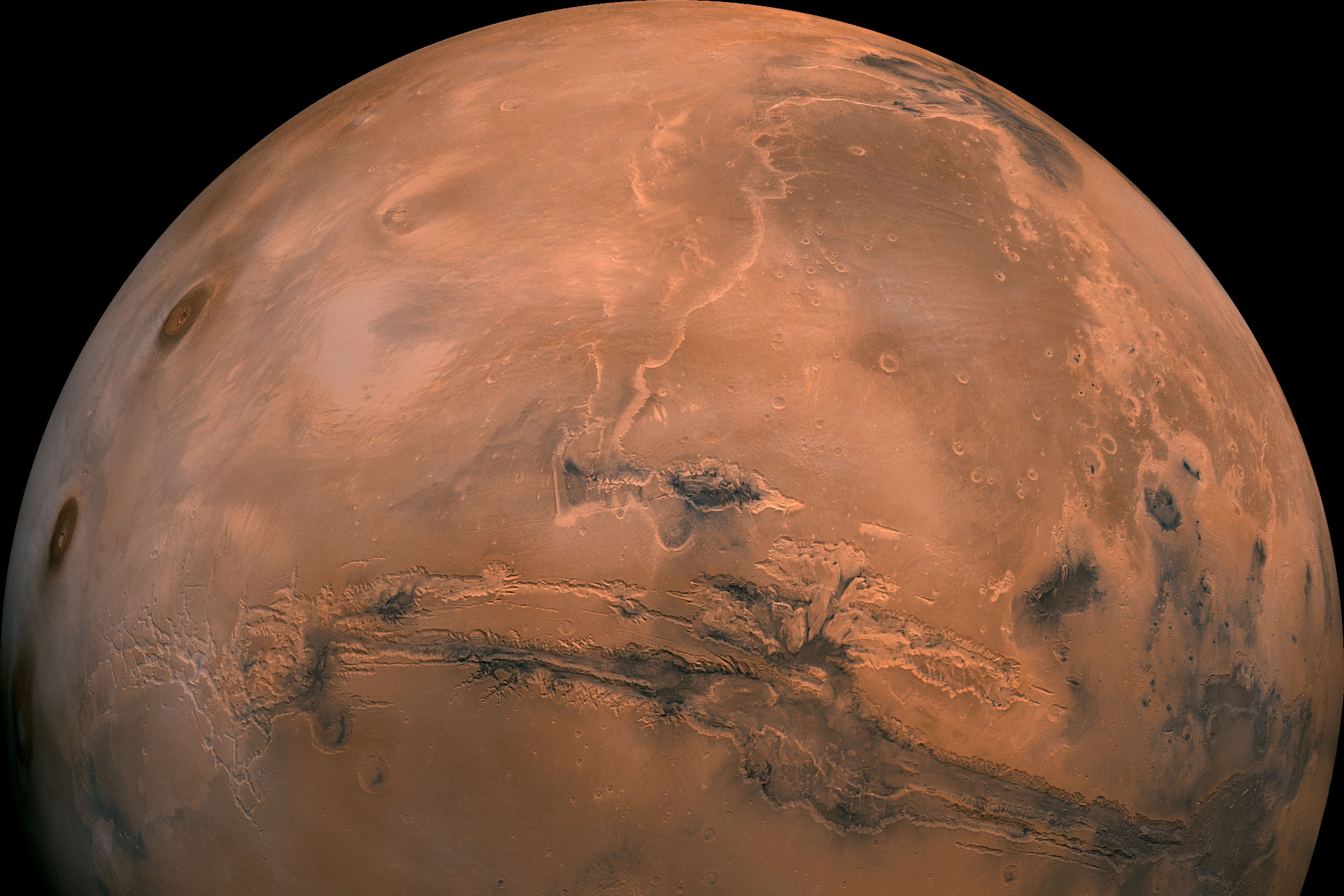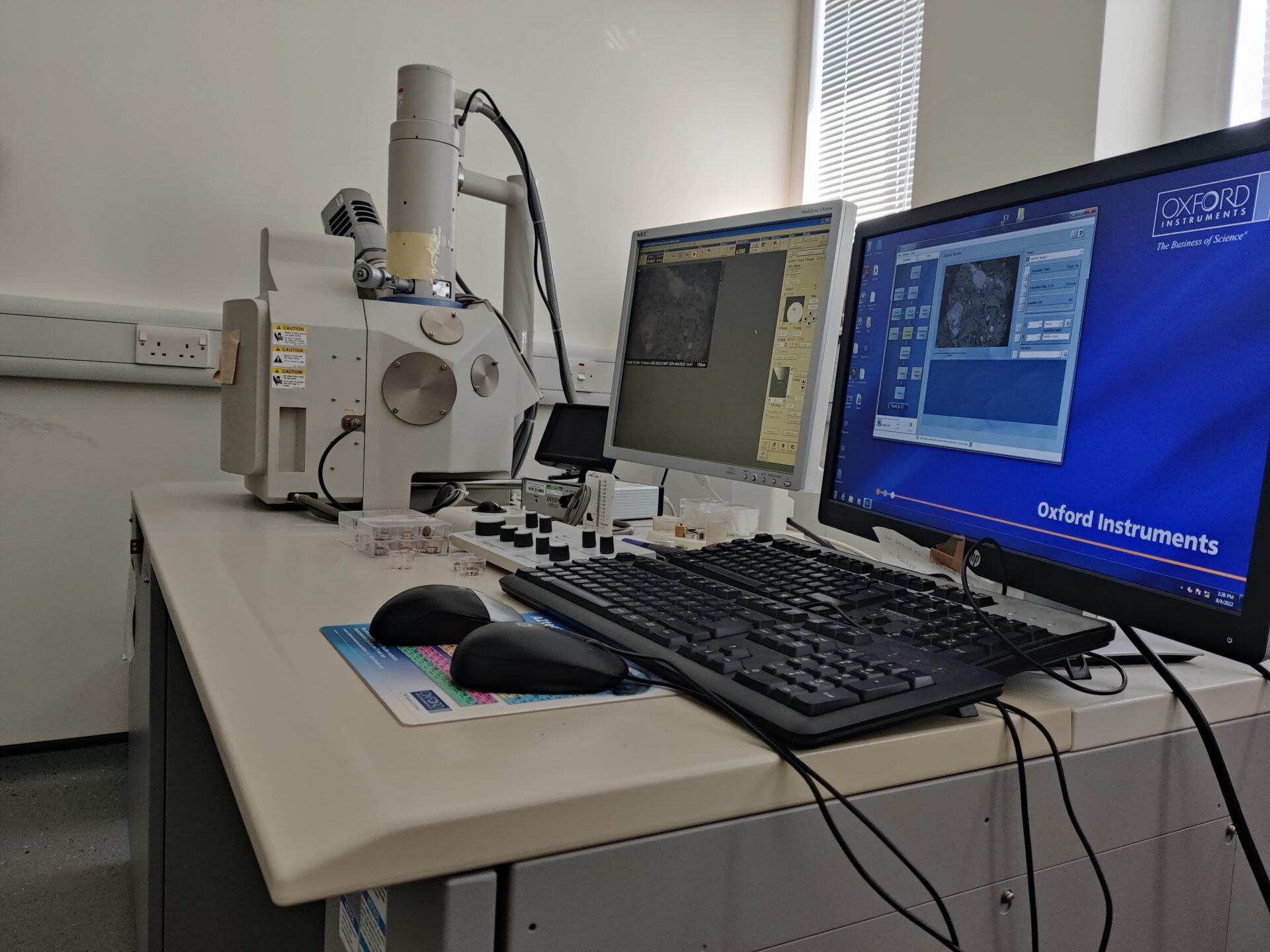A wide range of analytical techniques are used within M-PIP to provide the best understanding of processes occurring within targets.
Mars and Phobos Impact Processes
Featured story

Featured story

Scanning Electron Microscope (SEM)
A non-invasive technique used to obtain information about sample topography and its chemical composition. Interactions between the sample and the electron beam can provide information about the density of materials within the sample, as well as the distribution of chemical elements throughout the sample.
Featured story

Raman Spectrometer
A non-destructive technique used to identify the mineralogy of the used simulants and to investigate chemical changes occurring within the samples due to the impact process. Mineralogy and chemical changes can be identified due to characteristic vibrations of bonds between atoms within the sample.
Featured story

Powder X-Ray Diffraction (pXRD)
A minimally-invasive technique used to characterise the structure of the simulant samples. Refraction and reflection of source X-rays provide insight into the crystalline and amorphous components of a simulant mixture and how they may change through the interpretation of the sample diffractogram.